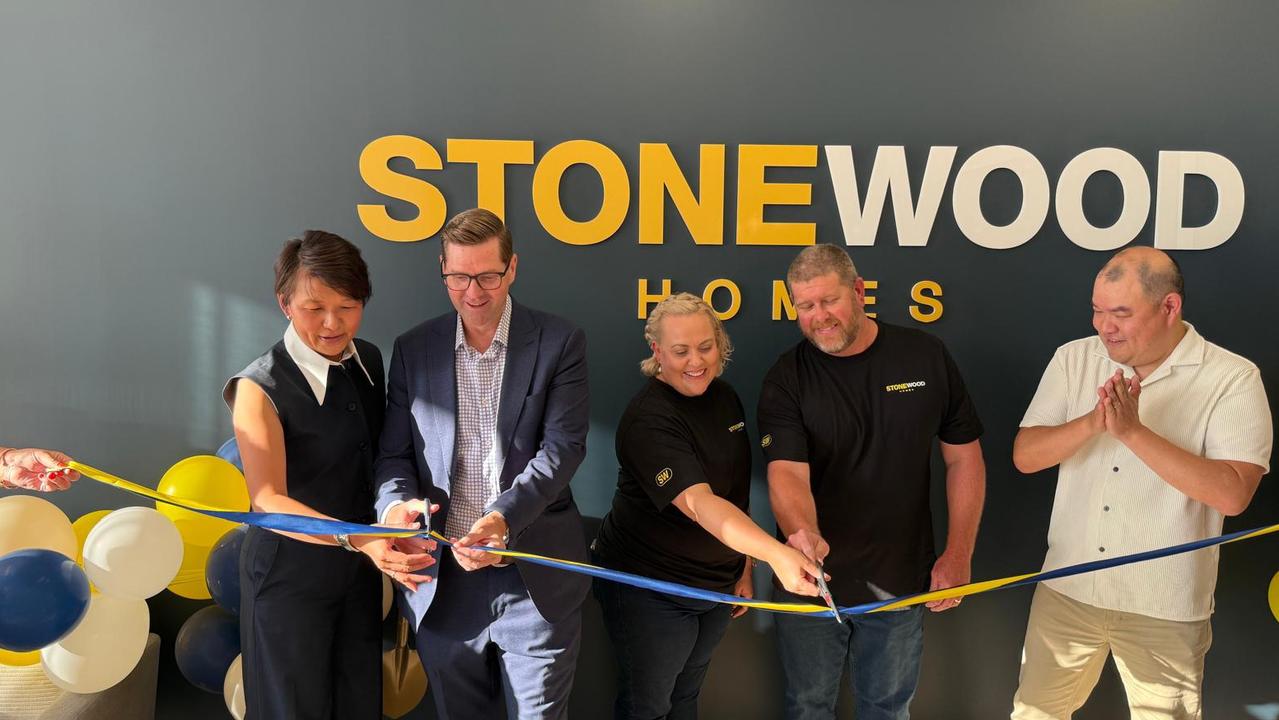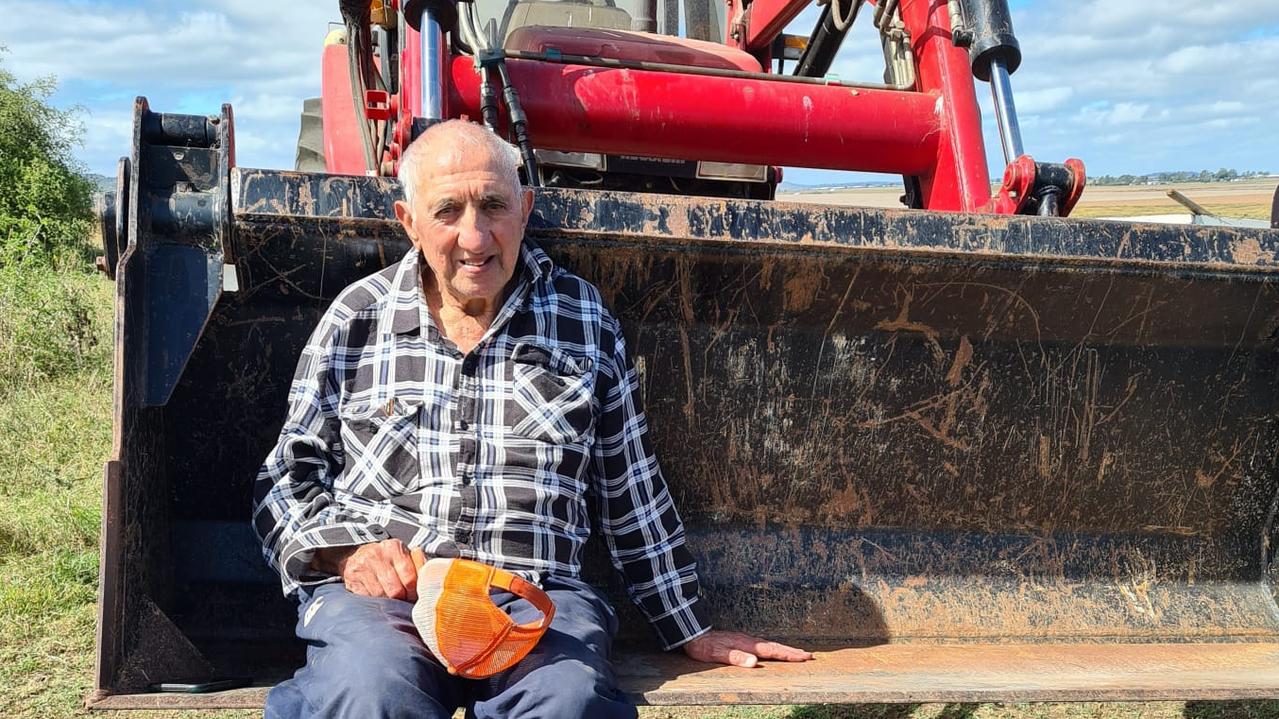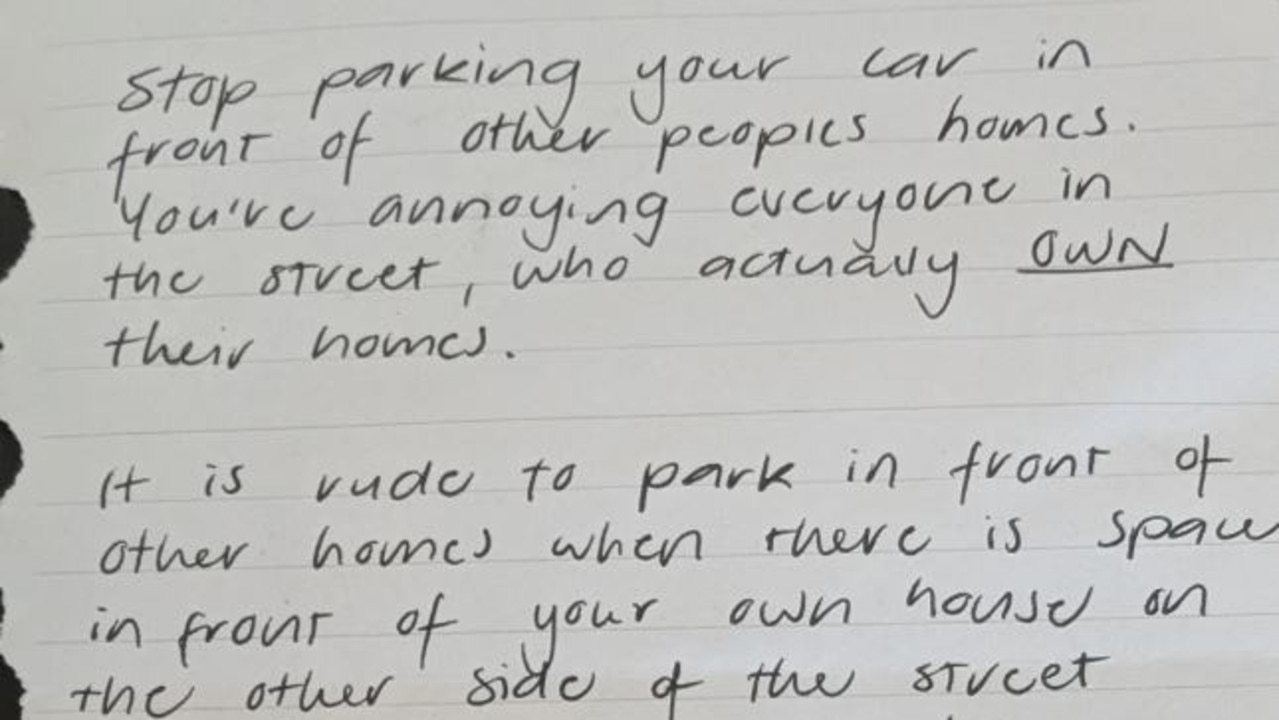Locals buck emergency department trend for non-serious cases
TOOWOOMBA residents are attending emergency rooms for non-serious conditions at a much lower rate than the rest of the country.
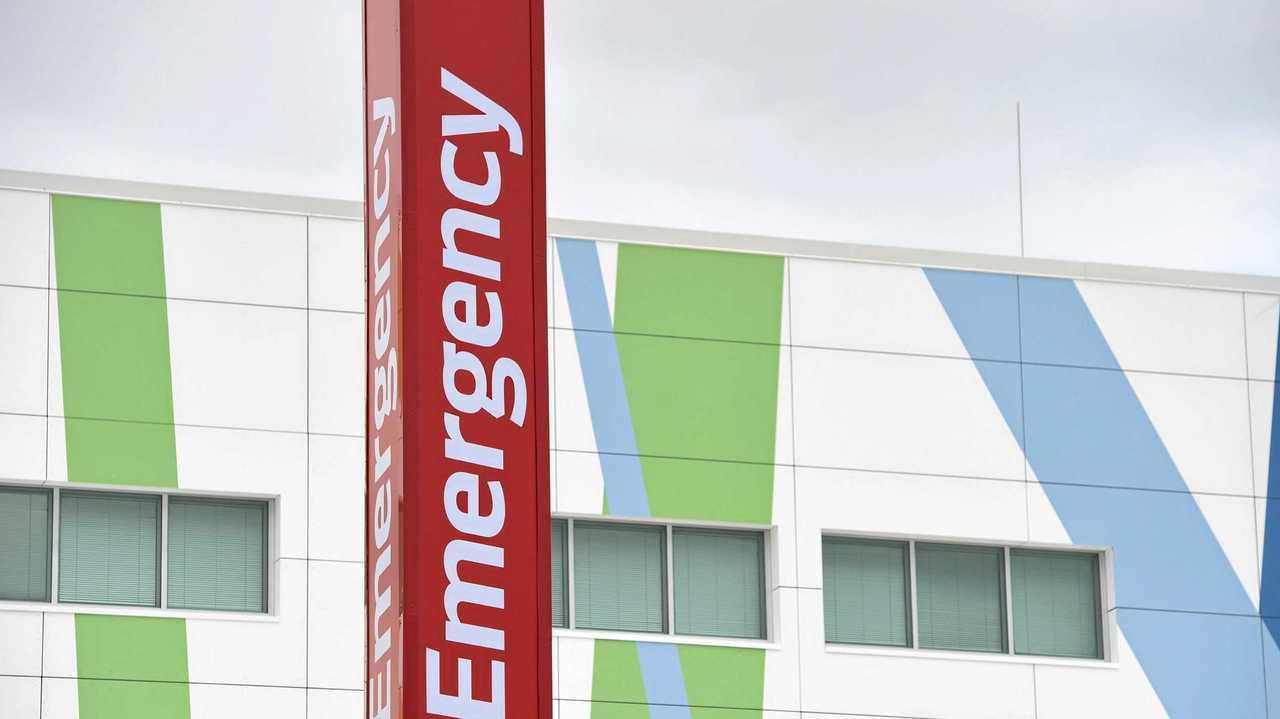
News
Don't miss out on the headlines from News. Followed categories will be added to My News.
TOOWOOMBA, Darling Downs and Ipswich residents have headed public health messages and are visiting primary health care providers for low urgency care needs, rather than presenting to emergency departments, new data has revealed.
The Use of emergency departments for lower urgency care: 2015-16 to 2018-19 report from the Australian Institute of Health and Welfare showed the Darling Downs and West Moreton Primary Health Care network had the lowest rate of low urgency care presentations to emergency departments of any PHN network in the country.
The low urgency case presentation rate in the local PHN area was only 53 presentations per 1,000 people.
This was compared to the Western NSW Primary Health Network region which had a low urgency case presentation rate of 333 per 1000 people.
Across Australia one in three people who visited the emergency room between 2018 and 2019 were low urgency cases.
Lower urgency cases are those where people are assessed as needing semi-urgent or non-urgent care and does not include people who arrived by ambulance or police, were subsequently admitted to hospital or died.
The report found close to half of all lower urgency presentations were for people aged under 25 and children under 15 represented 29 per cent of all lower urgency cases.
Just under half of all lower urgency ED presentations were after-hours.
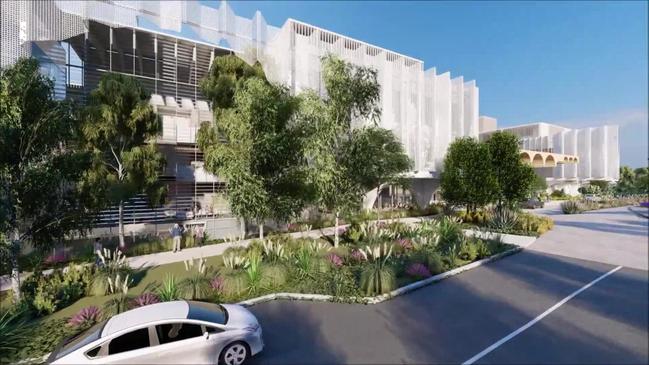
AIHW spokesman Michael Frost said many people presented to the ED for health conditions that may be managed more appropriately and effectively in a different health care setting, such as through their general practitioner or a community walk-in clinic.
Mr Frost said not all lower urgency patients could be treated in a primary health care setting.
"For instance, an elderly person living in a small regional town who fractures their arm may be more appropriately treated at an ED rather than their local GP," Mr Frost said.
"This person may receive a triage category of 4 or 5 but may have pre-existing health conditions and need diagnostic imaging tests not readily available at the GP.
"Understanding how and when people use EDs can help improve decision-making, service planning, and care coordination."
Originally published as Locals buck emergency department trend for non-serious cases


